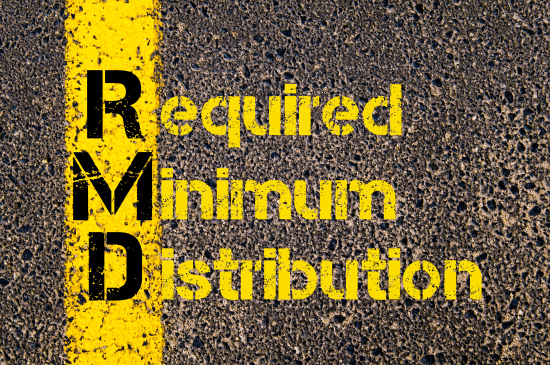Provisions for Retirement Accounts in the CARES Act
On March 27, 2020, the Coronavirus Aid, Relief, and Economic Security (CARES) Act was signed into law. This $2 trillion emergency bill was created with the intention of providing financial relief for individuals and businesses while the country struggles with the economic impact of the coronavirus pandemic. In addition to stimulus checks, forgivable loans and expanded unemployment insurance, the legislation includes provisions regarding retirement accounts.
The CARES Act includes the suspension of required minimum distributions (RMDs) for 2020. RMDs are the minimum required distribution that must be taken from retirement accounts of individuals over the age of 72, as well as those who have Inherited IRA accounts.
This provision has 2 main benefits:
- Retirement accounts that may have decreased in value during recent market volatility will have time to rebound.
- By reducing taxable income in 2020, this also reduces your income tax bill.
WHAT TO DO IF YOU HAVE ALREADY TAKEN A DISTRIBUTION IN 2020?
Typically, RMDs cannot be returned back into the account but the CARES Act allows for certain distributions to be rolled back into your IRA or retirement plan as a 60-day rollover. There are 2 tests for a 60-day rollover:
- 60-day rule
- Once-per-year IRA rollover rule
The 60-day rule allows funds that have been distributed to be returned within 60 calendar days. As minimum distributions can happen anytime during the year, the government has extended the 60-day rule until July 15, 2020 for distributions taken between February 1, 2020 and May 15, 2020. Unfortunately, no adjustments can be made for RMDs taken in January 2020 as the CARES Act and the IRS Notice 2020-23 did not make allowances for them to be returned.
The once-per-year rule IRA rollover rule states that you may only do one IRA-to-IRA or Roth IRA-to-Roth IRA rollover per 365-day period. This is not a calendar year test. If you have done a rollover and had those funds distributed to you personally within the last 365 days, you may be precluded from doing a 60-day rollover.
WHAT ABOUT TAXES WITHHELD?
If you have already taken a distribution in 2020 and had taxes withheld, those amounts cannot be returned now from the IRS or your state. Those amounts will be claimed as withholding when you file your 2020 taxes in early 2021. These amounts are not lost to you, but you do not have access to those funds for the next several months. Instead, if you decide to put back any or all of a distribution you have already made in 2020, you may wish to also roll back the withholding.
Let’s look at an example. Mabel distributed $10,000 from her IRA on March 1st. $2,000 went to IRS withholding, $1,000 went to state withholding and $7,000 went to her bank. She can put back any amount up to $10,000 into her IRA by July 15th. If she puts back all $10,000, then no amount will be taxed in 2020. If she put back less than $10,000, the amount she didn’t put back will be a taxable distribution for 2020. Regardless, the $2,000 is federal withholding and $1,000 is state withholding that she will report on her 2020 tax returns.
CHARITABLE DISTRIBUTIONS (QCDs)
For those over age 70 ½ that have made Qualified Charitable Distributions (QCDs) or plan to do so from your IRA, this is still allowed for 2020 and beyond.
2020 TAX PROJECTION
You may wish to update your 2020 tax projection to determine what is the best approach for you and to also review your estimates and withholding, to make sure you are on target for your tax payments in this most unusual year.
COMMUNICATE WITH YOUR TAX PREPARER
Keep your accountant informed about how you handled your 2020 RMDs. Tax reporting next year will need to correctly reflect what was distributed and if any funds were rolled back into a retirement account. Maintaining good records now will help you avoid paying taxes on monies that you didn’t receive.
Please contact us if we may help you review your options.


